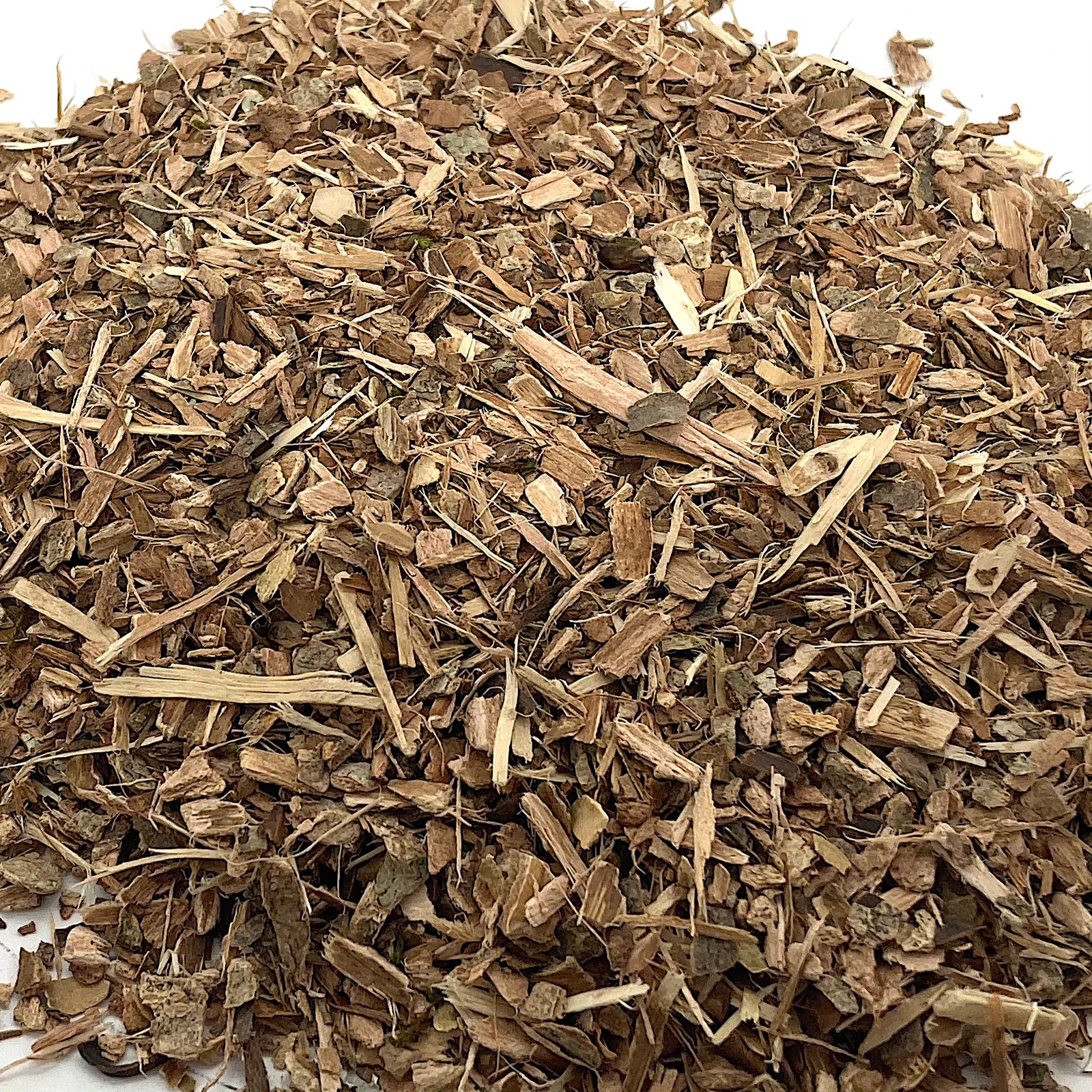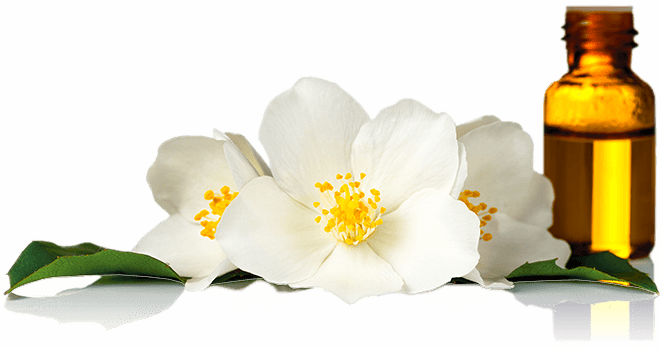Description
USA. Witch Hazel (Hamamelis virginiana) Bark, Cut and Sifted, Wild Harvested
Common names: American Witch Hazel, Avellano de Bruja, Cafe du Diable, Noisetier des Sorcieres, Snapping Hazelnut, Spotted Alder, Tobacco Wood, Virginische Zaubernuss, Water Witch, Winterbloom
Family: Hamamelidaceae
Witch Hazel is a deciduous shrub or small tree, growing up to 10 to 15 feet high and occasionally taller, native to moist woods and thickets in eastern North America. Forked Witch Hazel branches have been used as divining rods for dowsing.
Teas of Witch Hazel bark or leaves found many uses in Native American healing: as a febrifuge, appetite stimulant, analgesic; for colds, toothaches, cholera and diarrhea, arthritis, tuberculosis, and menstrual cramps. Most of all, the astringent qualities of lotions brewed from the bark were appreciated for treating skin problems, wounds and other bleeding issues, insect bites, bruises, sore eyes, toothaches, back pain, and sore muscles.
Witch Hazel was adopted early on by European settlers, and it has been popular in topical products ever since. Decoctions and distillations of the bark and leaves are especially valued by herbalists for applying to hemorrhoids and varicose veins. Sunburn and itchy scalp can also respond well to topical Witch Hazel.
Gentle enough for children, with uses throughout the lifetime—Witch Hazel is yet another versatile plant friend!
Common names: American Witch Hazel, Avellano de Bruja, Cafe du Diable, Noisetier des Sorcieres, Snapping Hazelnut, Spotted Alder, Tobacco Wood, Virginische Zaubernuss, Water Witch, Winterbloom
Family: Hamamelidaceae
Witch Hazel is a deciduous shrub or small tree, growing up to 10 to 15 feet high and occasionally taller, native to moist woods and thickets in eastern North America. Forked Witch Hazel branches have been used as divining rods for dowsing.
Teas of Witch Hazel bark or leaves found many uses in Native American healing: as a febrifuge, appetite stimulant, analgesic; for colds, toothaches, cholera and diarrhea, arthritis, tuberculosis, and menstrual cramps. Most of all, the astringent qualities of lotions brewed from the bark were appreciated for treating skin problems, wounds and other bleeding issues, insect bites, bruises, sore eyes, toothaches, back pain, and sore muscles.
Witch Hazel was adopted early on by European settlers, and it has been popular in topical products ever since. Decoctions and distillations of the bark and leaves are especially valued by herbalists for applying to hemorrhoids and varicose veins. Sunburn and itchy scalp can also respond well to topical Witch Hazel.
Gentle enough for children, with uses throughout the lifetime—Witch Hazel is yet another versatile plant friend!
*These statements have not been evaluated by the FDA. These products are not intended to diagnose, treat, cure or prevent any disease.







